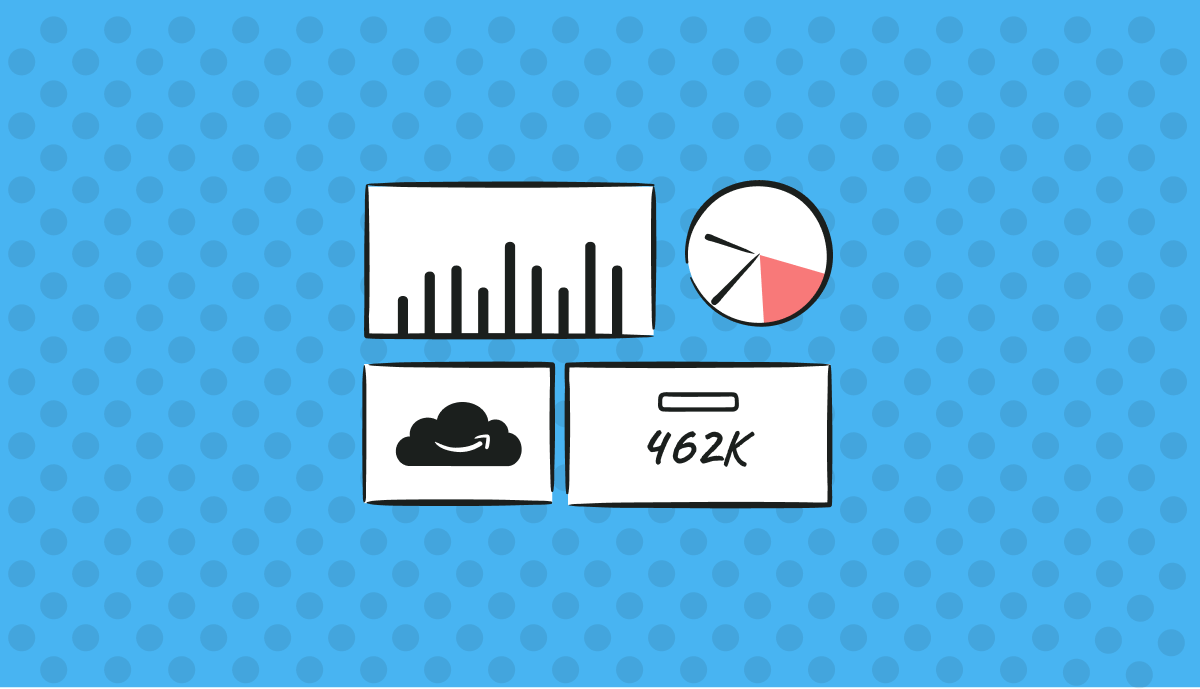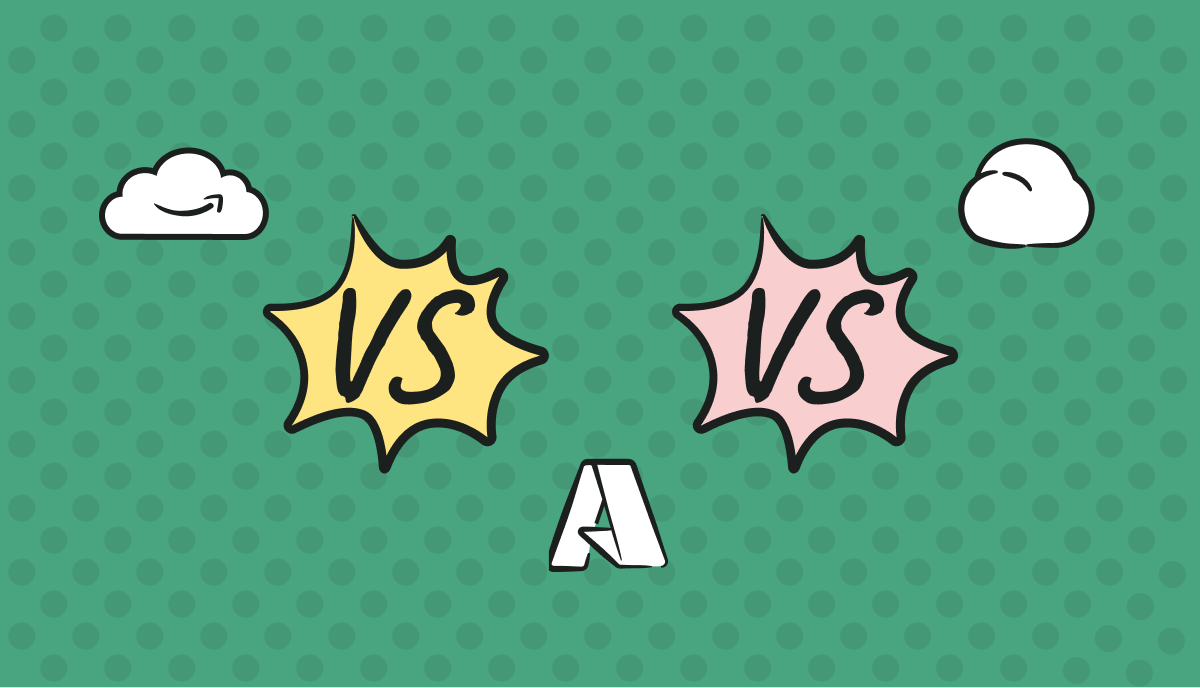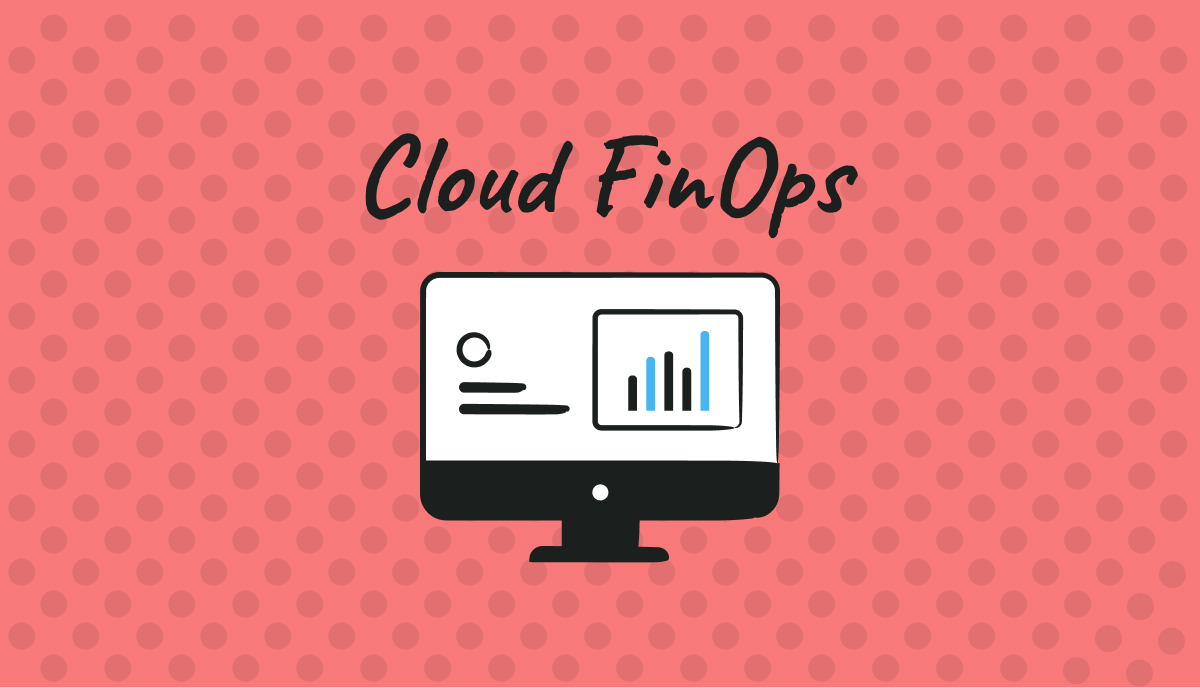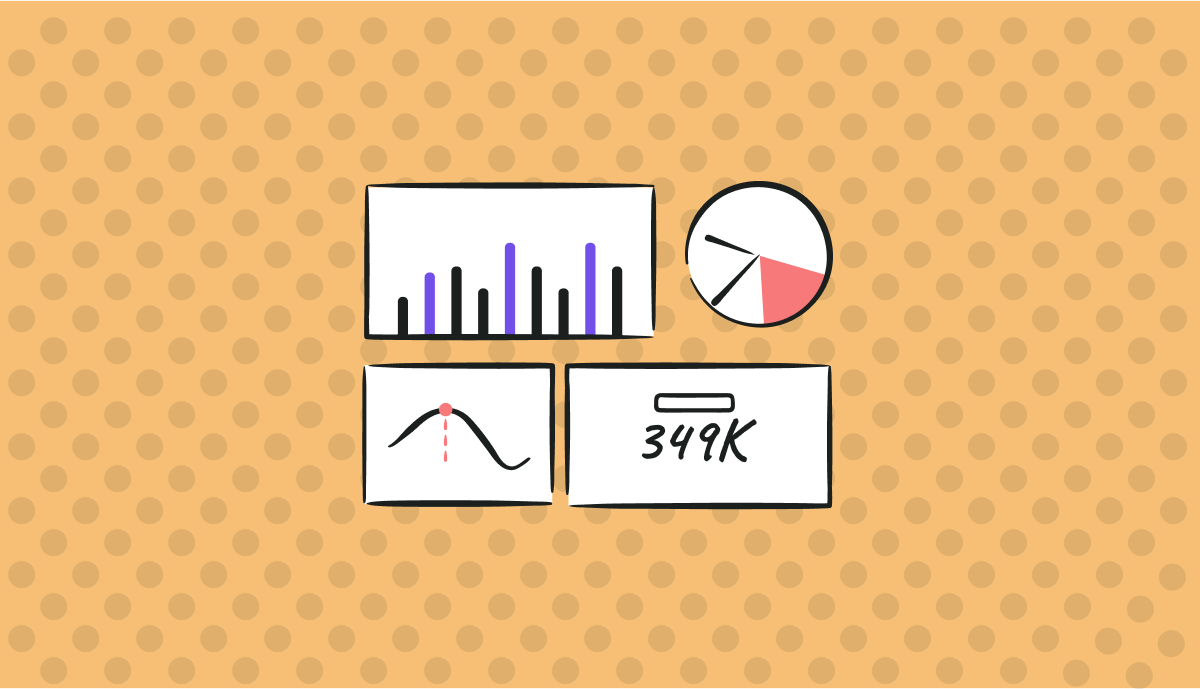
Table of Contents
- How Do Spot Instances Work?
- When to Use Spot Instances?
- Price Hikes and Potential Implications
- How to Minimize Spot Instance Costs?
- Spot Advisor
- AutoSpotting
- Final Thoughts
AWS Spot Instances offer unused EC2 capacity at up to 80% off compared to on-demand prices.
But, before you go grab your wallet, sit back and have a read through this article.
As it turns out, the era of cheap EC2 instances may be over, or at least it’s coming to a standstill.
We’ll take a look at how spot instances work, which workloads they’re best suited for and how to harness their potential effectively.
How Do Spot Instances Work?
Here's an overview of how the AWS spot instance mechanism works:
Spot Market: AWS auctions off spot instances to the highest bidder. The price for each instance type in each AWS region is determined based on supply and demand dynamics.
Bidding: When launching your instance, you specify the maximum price you are willing to pay per hour. This price can either be set in USD or as a percentage of the on-demand price.
Instance allocation: Once your bid price exceeds the current spot price, your instance is allocated and starts running. If the spot price exceeds your bid price, your instance may be interrupted or terminated.
Interruptions and termination: AWS gives you a two-minute warning before terminating your instance. This allows you to gracefully handle the interruption by saving data, closing connections, or performing necessary cleanup tasks.
Spot fleet: AWS lets you run multiple instances across different availability zones by launching what they call a Spot Fleet.
When to Use Spot Instances?
While spot instances offer significant cost advantages, it's important to note that they may not be suitable for all workloads.
If you have a workload that requires continuous availability or has strict performance criteria, you may be better off without them.
One the other hand, processing lots of data in one go (generating repots, encoding video, etc.) is ideal for spot instances.
Other tasks include big data and analytics applications, containerized workloads, rendering, and other flexible workloads.
Price Hikes and Potential Implications
While spot instances are typically cheaper than reserved and on-demand instances, they can in some cases get just as expensive.
To gain a deeper insight into spot instance pricing, let's examine some graphs illustrating usage and cost.
Graph 1: Hourly price spikes for t3.large instances over a three-month period.
Graph 2: Hourly price spikes for t4g.nano instances over a three-month period.

Graph 3: Hourly price spikes for a1.medium instances over a three-month period.
As you can see, the price gap between on-demand and spot instances in these three graphs is virtually non-existent.
For more comprehensive data and analysis specific to instance types and regions, you can refer to the AWS console under EC2 > Spot Requests > Pricing History, where you can conduct customized searches.
AWS services experiencing frequent interruptions.
This can quickly become an issue if you’re in e-commerce or another branch that can’t tolerate frequent interruptions.
How to Minimize Spot Instance Costs?
When trying to bring your spot instance costs down, you’ll need to bear several things in mind:
Spot instance costs are volatile. They can be difficult to predict and budget for.
Optimal bidding strategy matters. You’ll need to look at your historical pricing data to make good bidding decisions. This includes the time of day, day of the week, and even specific seasons.
Spot Advisor
For more detailed information about instance types and cost-saving opportunities, AWS Spot Instance Advisor provides valuable insights.
This tool helps you identify specific instance types that align with your requirements, ensuring cost savings while maintaining a satisfactory level of uninterrupted service.
AutoSpotting
AutoSpotting is another powerful tool you can use to optimize spot instance allocation and reduce AWS costs.
With AutoSpotting, you can define a savings threshold that suits your budget. This threshold can be set as a maximum acceptable savings percentage or configured with an aggressive bidding policy similar to the traditional spot bidding approach.
What sets AutoSpotting apart is its ability to apply this configuration globally across your entire AWS account, eliminating the need for individual reconfiguration of each Autoscaling group.
Final Thoughts
AWS spot instances can offer significant cost savings for fault-tolerant workloads. But they require careful planning and consideration, as does any other investment.
Make sure you keep a close eye on your price fluctuations and use tools such as Spot Instance Advisor and AutoSpotting to find instance types that align with your requirements and give you the most bang for your buck.








